The Best Hidden Spot to See Wildlife in Every State
It doesn’t take a safari or a remote jungle trek to witness wild animals in their natural settings. Across the U.S., lesser-known parks, refuges, and natural spaces offer prime views of native species without the crowds. You can watch elk graze at dawn or track waterfowl at a quiet marsh.
Here’s where to go if you want the best chance to see them.
Wheeler National Wildlife Refuge, Alabama
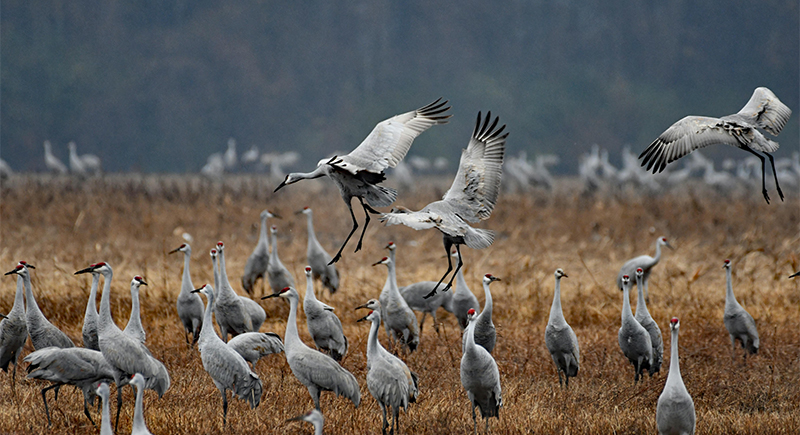
Credit: pexels
Thousands of bird watchers visit the Wheeler National Wildlife Refuge in winter to see sandhill cranes gather in huge numbers. It’s also one of the few places where you might spot whooping cranes, a much rarer sight. You can watch them comfortably from boardwalks and blinds designed to ensure that the animals do not get disturbed.
White River National Wildlife Refuge, Arkansas
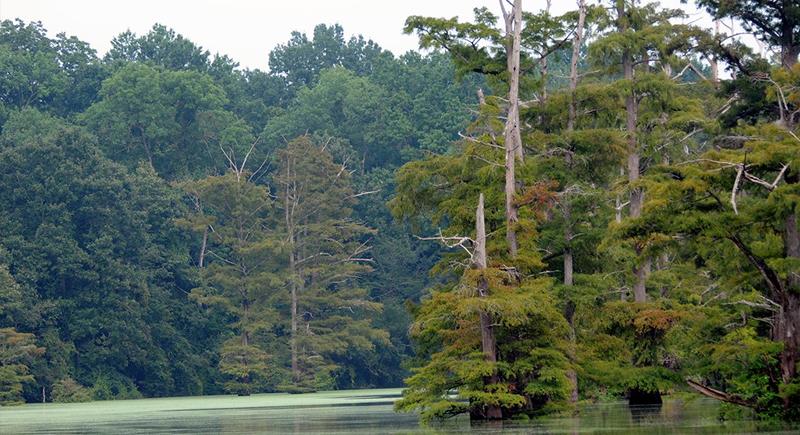
Credit: flickr
Located along the Mississippi Flyway, White River National Wildlife Refuge holds some of the country’s largest contiguous bottomland hardwood forests. That dense, swampy environment provides shelter for deer, black bears, and more than 250 species of birds. While it feels remote, several access points with maps and signage keep you on track here.
Channel Islands National Park, California
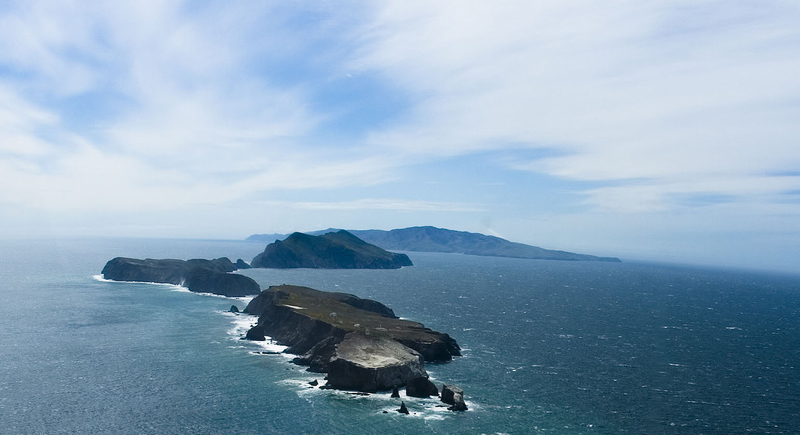
Credit: Wikimedia Commons
People come for solitude and leave talking about the animals. Channel Islands National Park requires a ferry ride and a little planning, but the payoff is worth it. You may see dolphins on the crossing and hear sea lions before you can even spot them. The island fox is the big draw as it’s adapted to this isolated chain and found nowhere else.
Rocky Mountain National Park, Colorado
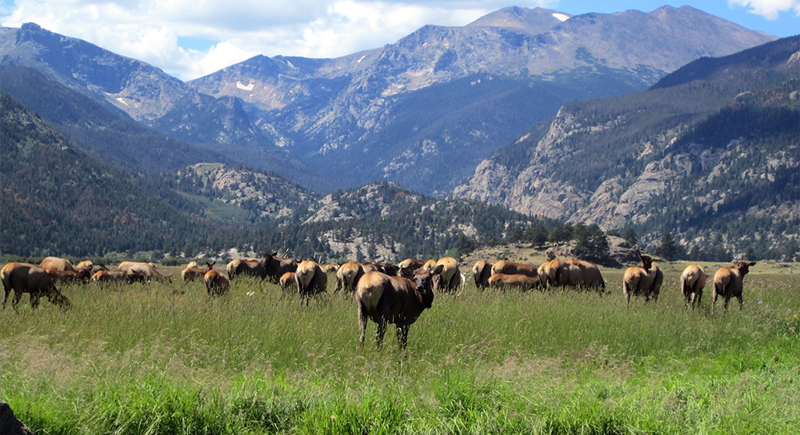
Credit: flickr
Elk, moose, and bighorn sheep are active across open meadows and forested slopes throughout the warmer months at Rocky Mountain National Park. When Trail Ridge Road opens in summer, it gives drivers sweeping views where birds of prey glide close. Animals also tend to appear near roadways after sunrise, so keep an eye out early in the morning.
Stewart B. McKinney National Wildlife Refuge, Connecticut
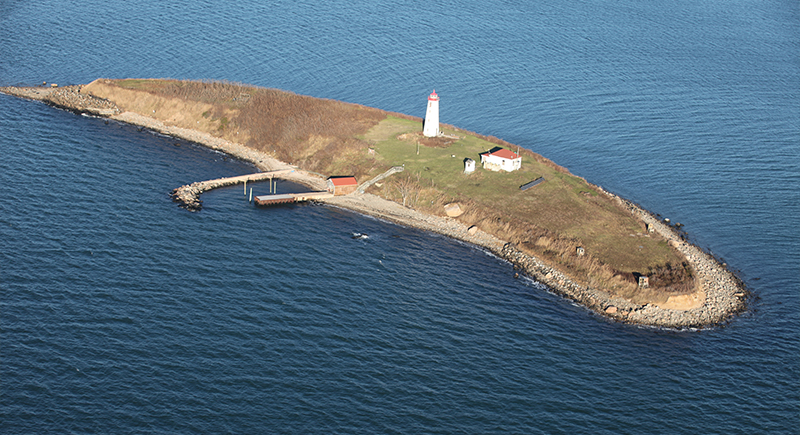
Credit: Wikimedia Commons
One of the less-talked-about wildlife spots in the state, the Stewart B. McKinney National Wildlife Refuge draws in birders during migration windows. Red-breasted mergansers, ospreys, and sandpipers fill the air and tidal flats. Hikers favor the Westbrook and Milford units for shoreline access and fewer crowds.
Bombay Hook National Wildlife Refuge, Delaware
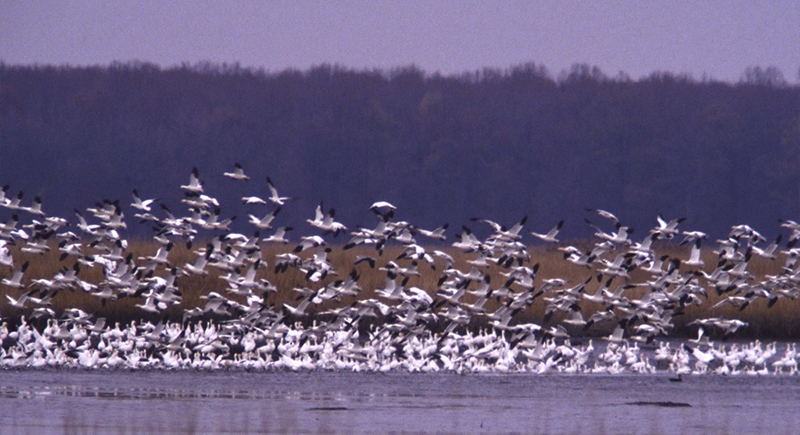
Credit: flickr
Set against Delaware Bay, this refuge supports a large tidal salt marsh ecosystem in the region. Waterfowl, shorebirds, and wading birds feed and rest at the Bombay Hook National Wildlife Refuge during migration seasons. All of this can be easily accessed with a day pass that costs a few dollars per car.
Everglades National Park, Florida
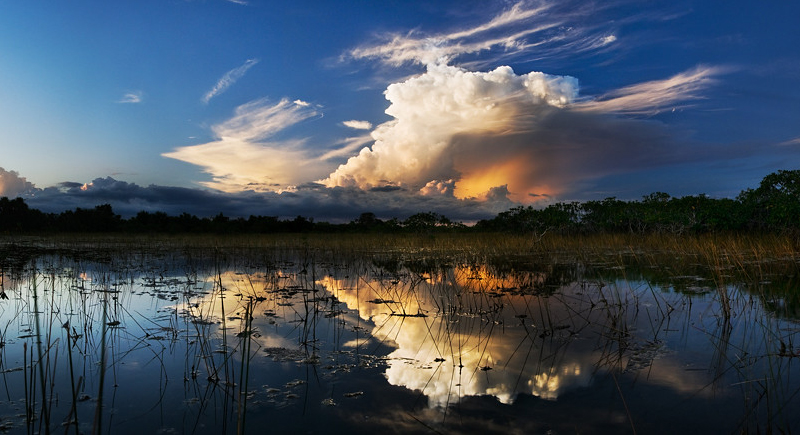
Credit: flickr
You might not have known this, but the Everglades National Park contains fresh and saltwater zones. This mix allows alligators and crocodiles to live side by side, and that doesn’t happen anywhere else in the world. Manatees also thrive here, mainly spotted near the docks at Flamingo Marina, while wading birds and turtles crowd the edges of the Anhinga Trail.
Okefenokee National Wildlife Refuge, Georgia
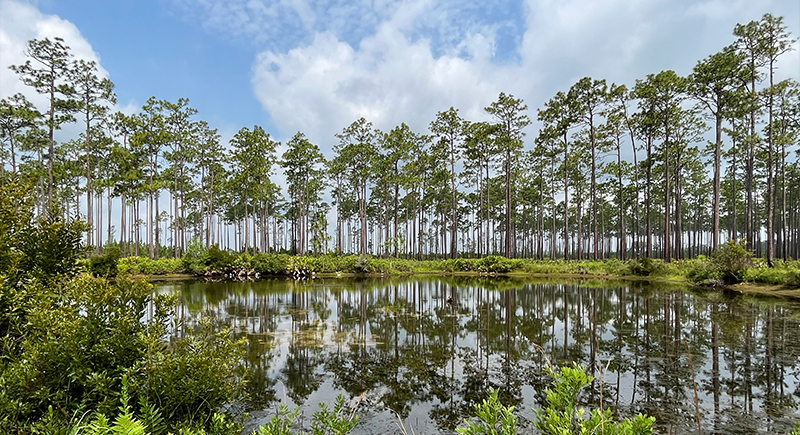
Credit: Wikimedia Commons
Okefenokee National Wildlife Refuge spans over 400,000 acres and includes swamps, prairies, and forested islands. Its waterways form a slow-moving blackwater ecosystem, which is perfect for spotting turtles, herons, and alligators. Many visitors rent canoes or kayaks from the main entrance near Folkston to get a closer look at the channels where wildlife tends to gather.
Kaiwi State Scenic Shoreline, Hawaii
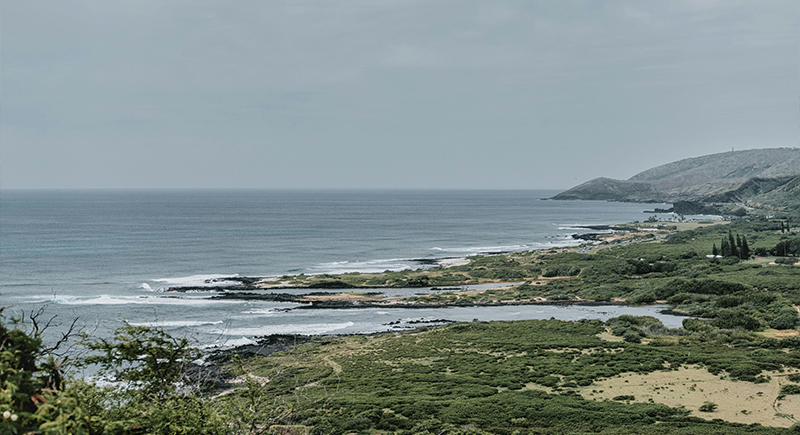
Credit: pexels
Near the southeastern tip of Oʻahu, this protected coastal strip attracts fewer visitors than most Hawaiian parks. Monk seals sometimes rest on the beach, and shearwaters nest in burrows along the cliffs. Trails at the Kaiwi State Scenic Shoreline run over lava rock and brushy ridges, so sturdy shoes will be helpful.
Yellowstone National Park (Idaho portion), Idaho
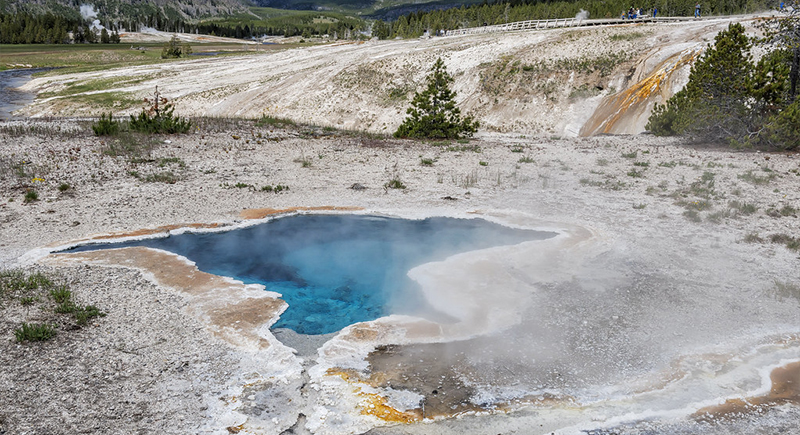
Credit: flickr
A lot of travelers skip the Idaho side of Yellowstone National Park, but this corner includes Bechler Meadows and some of the park’s least-visited backcountry. There are no major roads or developed visitor areas here, which keeps traffic light and the surroundings quiet. You’ll likely need to hike a bit to spot elk or moose, though signs of them often appear near trails.
Shawnee National Forest, Illinois
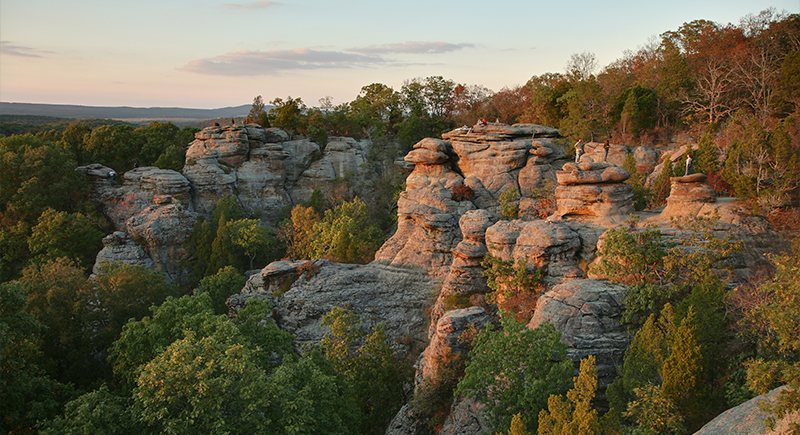
Credit: Wikimedia Commons
Near the Kentucky border, Shawnee’s rocky outcrops and ridges break up thick woodland. This terrain supports bobcats, barred owls, and foxes that hunt along the forest floor. Hikers on lesser-known trails hear movement before they see it. Garden of the Gods captivates most crowds, so head east or south for the less crowded paths.
Muscatatuck National Wildlife Refuge, Indiana
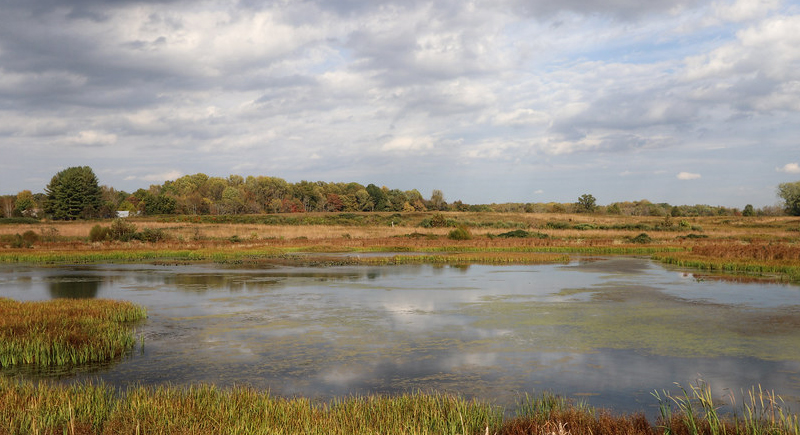
Credit: flickr
Muscatatuck National Wildlife Refuge helps migratory birds rest and feed safely. River otters, wood ducks, and deer find year-round habitat here. It sits off I-65, which means roadtrippers can conveniently stop here while heading south.
Neal Smith National Wildlife Refuge, Iowa
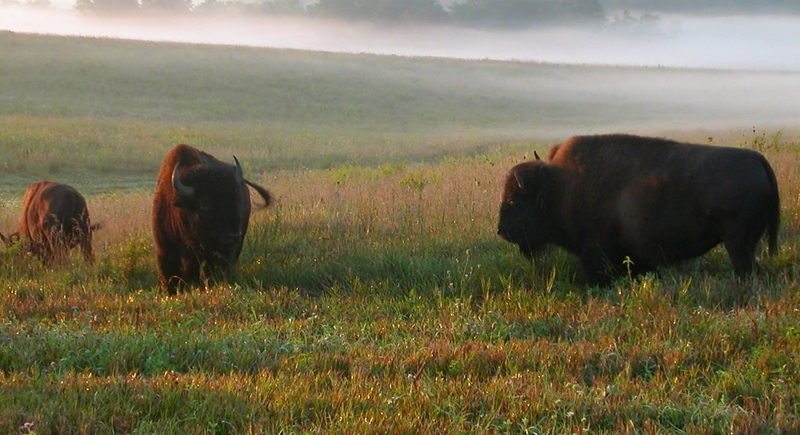
Credit: flickr
Only 25 minutes east of Des Moines, Neal Smith National Wildlife Refuge preserves what remains of Iowa’s native tallgrass prairie. Free-ranging bison and elk help maintain the terrain by grazing year-round. The park also includes a loop road where visitors can scan fields without getting out of their cars.
Quivira National Wildlife Refuge, Kansas
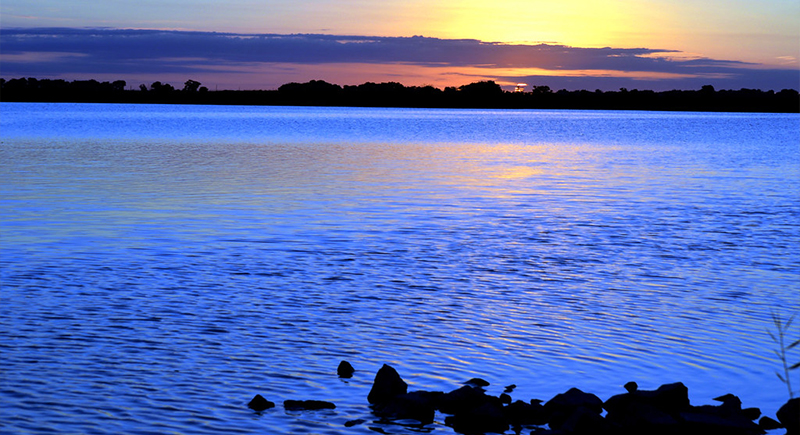
Credit: flickr
Birds from across the continent funnel through central Kansas during migration, especially in fall and spring. Whooping cranes are the rarest guests, but countless other species stop to rest and feed. Quivira National Wildlife Refuge, located between Wichita and Great Bend, stays peaceful even on weekends.
White Plains Trail, Kentucky
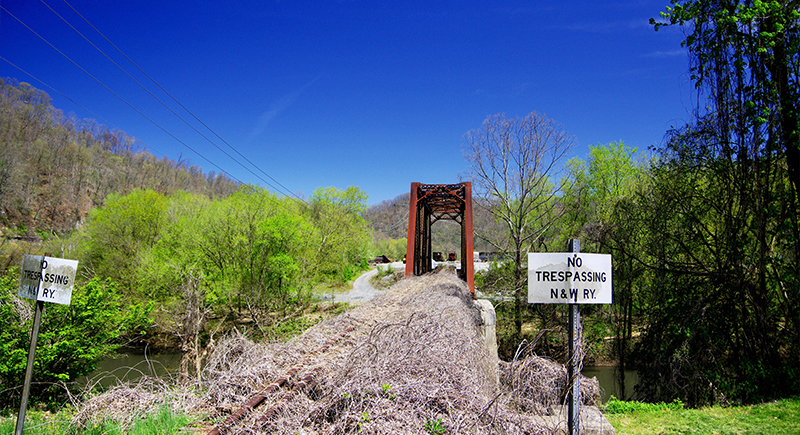
Credit: Wikimedia Commons
Deer and wild turkeys often move through the woodlands near this underused section of Pennyrile Forest. Birdwatchers also spot barred owls and red-headed woodpeckers along the shaded trail. White Plains Trail sits to the west of the main recreation area, so you won’t have to fight off the crowds that you’d usually encounter at the better-known sites.
Atchafalaya National Wildlife Refuge, Louisiana
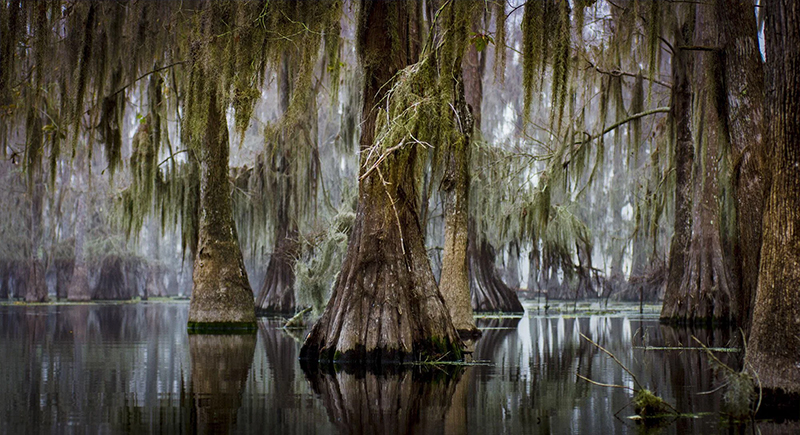
Credit: Reddit
While the number of trails at the Atchafalaya National Wildlife Refuge might be limited, you can still view the wildlife that appears near water edges. Various visitors come at sunrise or before sunset, when deer, wading birds, and even black bears become active near the bayous.
Aroostook National Wildlife Refuge, Maine
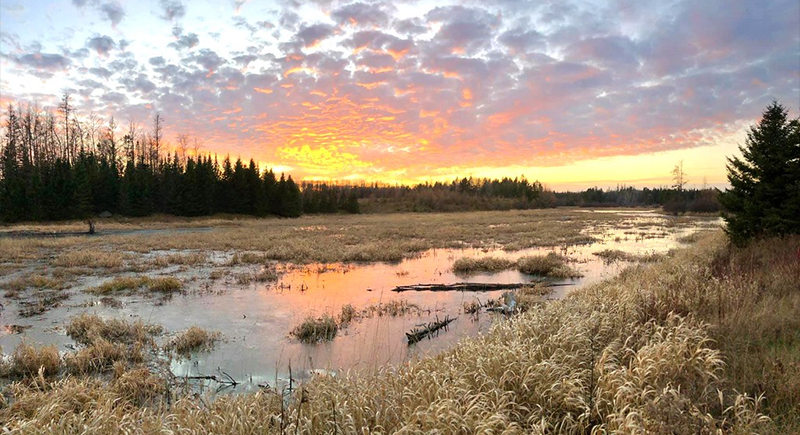
Credit: flickr
The former Loring Air Force Base is home to a 5,000-acre preserve where moose, black bears, and beavers roam freely. Aroostook National Wildlife Refuge sits in northern Maine, and its varied habitats include boreal forest, grassland, and marsh. Entry is free, and multiple trailheads allow access from different directions.
Blackwater National Wildlife Refuge, Maryland
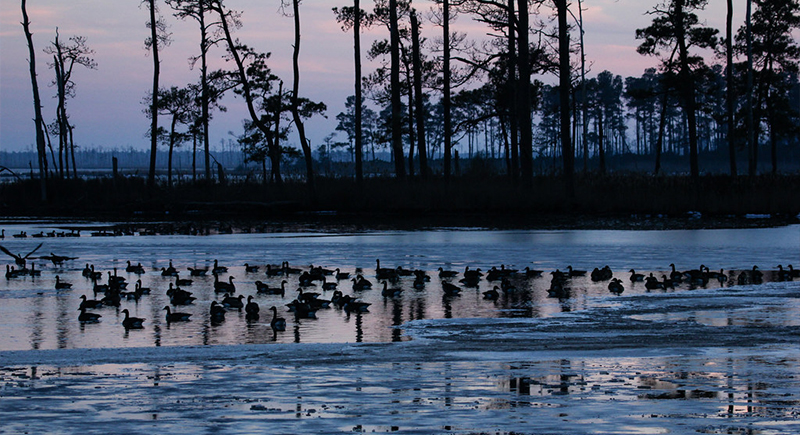
Credit: flickr
Established in 1933, Blackwater National Wildlife Refuge was created to protect vital habitat for migratory birds along the Atlantic Flyway. Today, it spans over 28,000 acres of tidal marsh, shallow water, and forest. Let’s not forget that it also ensures shelter for a large winter population of bald eagles on the East Coast.
Boston Harbor Islands National Recreation Area, Massachusetts
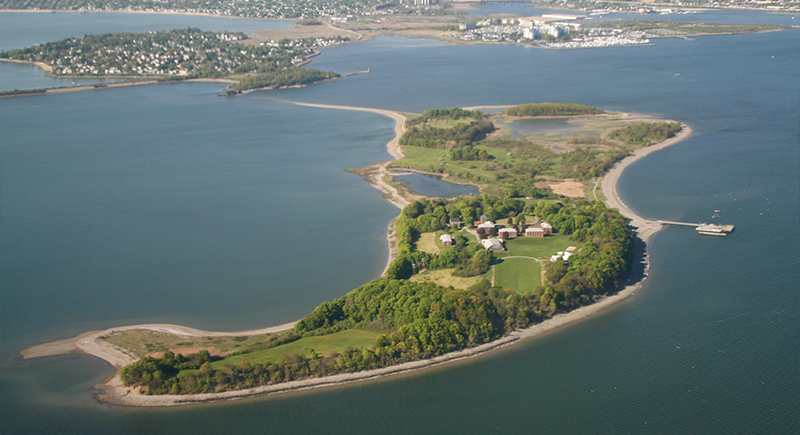
Credit: Wikimedia Commons
A quick ferry ride from downtown Boston will bring you to a cluster of islands where harbor seals haul out near rocky shorelines. The National Park Service manages the site, and rangers often lead seasonal wildlife walks. You can expect wind on the crossings, so make sure to dress for cooler temperatures than on the mainland.
Shiawassee National Wildlife Refuge, Michigan
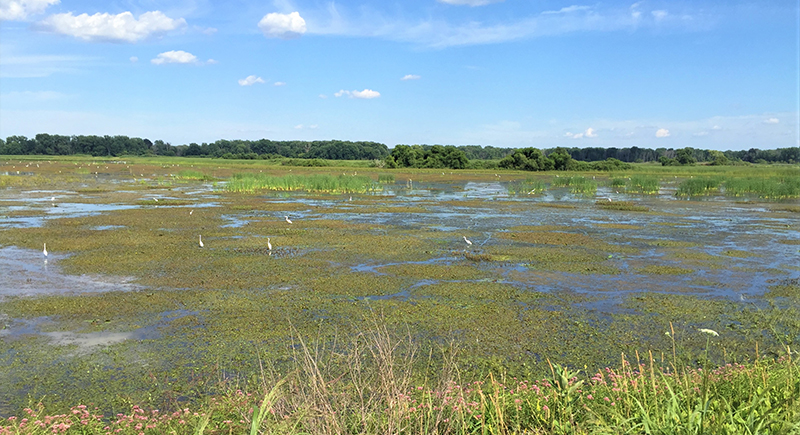
Credit: Wikimedia Commons
Beavers often reshape the waterways at Shiawassee National Wildlife Refuge, and their lodges are easy to spot from several boardwalks. In spring, herons nest overhead while muskrats paddle through the quieter channels. And if you want to pick up sounds and small movements, try to make it there right after sunrise.
Sherburne National Wildlife Refuge, Minnesota
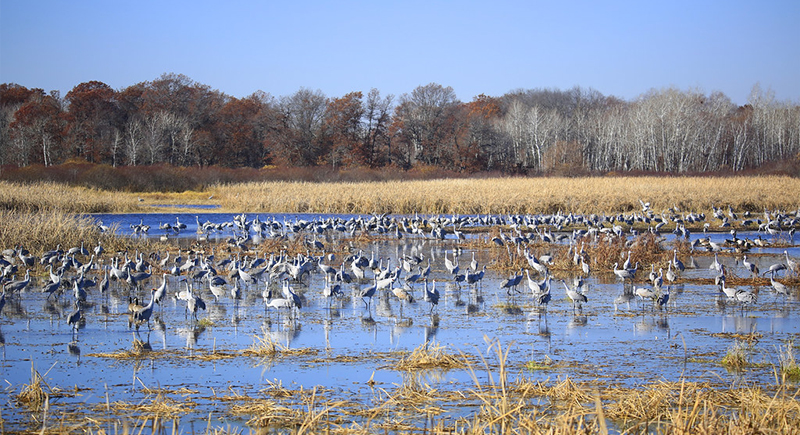
Credit: flickr
One hour north of Minneapolis, Sherburne National Wildlife Refuge covers 30,000 acres of prairie and woodland. The Prairie’s Edge drive opens seasonally and provides tourists with the easiest access to wildlife viewing. Turtles and cranes are common, but white-tailed deer also use the edges of open meadows.
Warren Prairie Wildlife Management Area, Mississippi
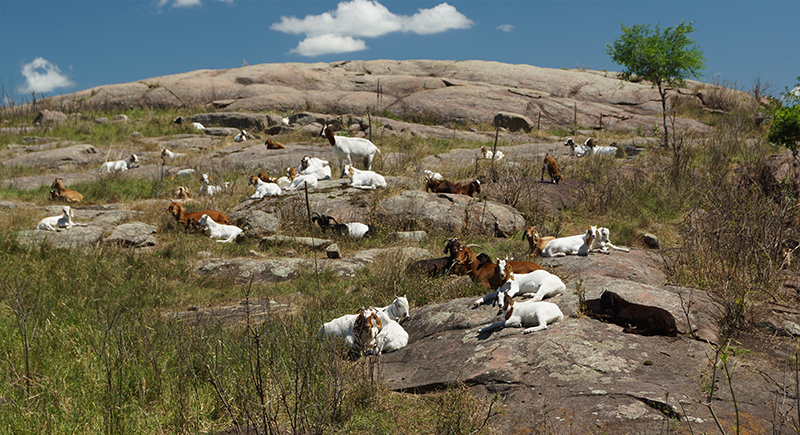
Credit: Wikimedia Commons
Many people miss this spot entirely because it’s not on a major travel route. Warren Prairie sits in a corner near the Louisiana border. The entry is free, and the trails are short but usually muddy. You’ll want waterproof shoes and a flashlight if you arrive in the early hours of the day.
Mingo National Wildlife Refuge, Missouri
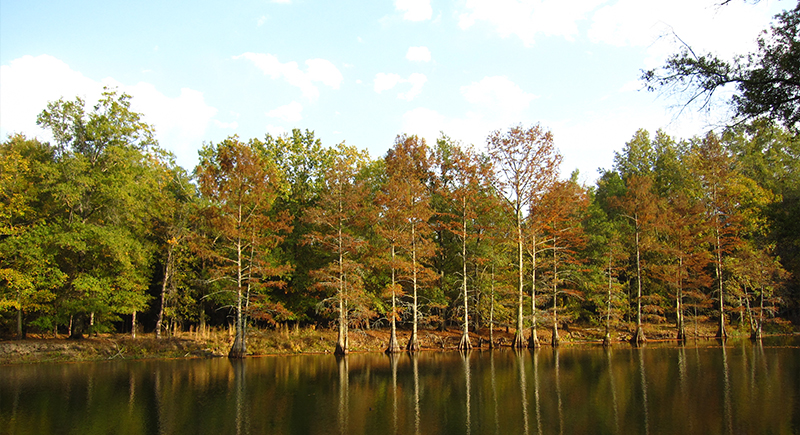
Credit: Wikimedia Commons
In southeast Missouri, Mingo offers one of the quietest drives you’ll ever take. The auto route travels through shadowy bottomland forests and calm wetlands. Along the way, you’ll find viewing towers that give you a clear view of the water below, perfect for spotting ducks, geese, and even herons if you’re lucky.
Upper Missouri River Breaks National Monument, Montana
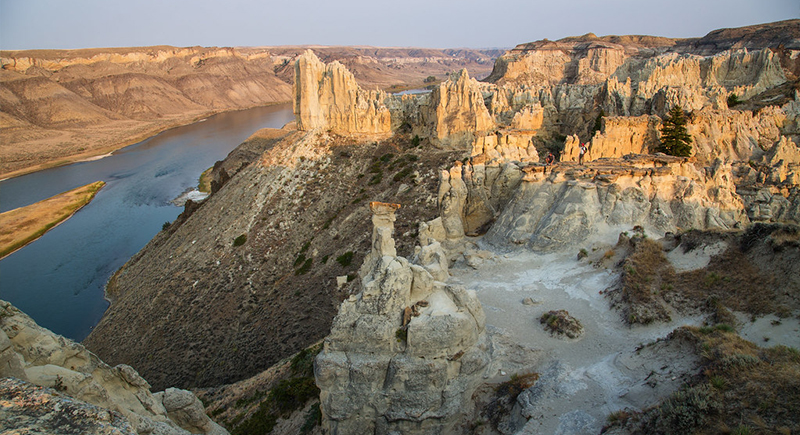
Credit: flickr
This is one of the lesser-known wildlife areas in the West due to rugged drainages and isolated bluffs. The Missouri Breaks support bighorn sheep, mule deer, and prairie falcons. Access requires a high-clearance vehicle and some planning—maps and fuel are essential. The Bureau of Land Management oversees the area, and there’s no entrance fee.
Charles M. Russell National Wildlife Refuge, Montana
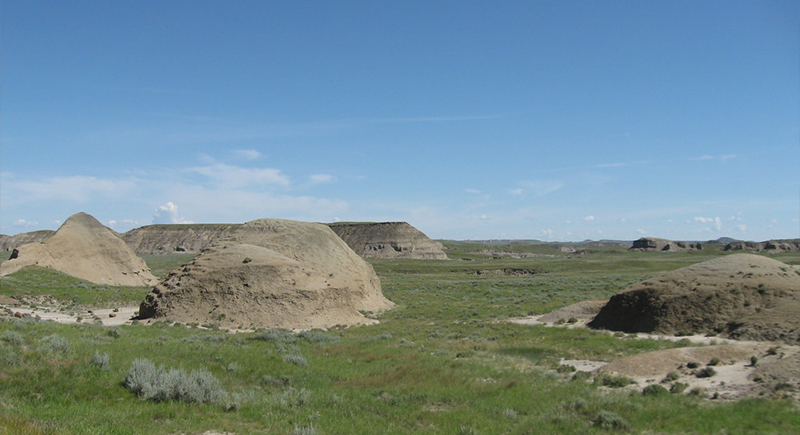
Credit: flickr
Accessing the Charles M. Russell National Wildlife Refuge usually requires high-clearance vehicles, especially if you plan to leave the main gravel roads. It’s home to mule deer, pronghorn, bighorn sheep, and even elk herds that roam the grasslands. Cell service is limited, so several visitors bring paper maps, extra water, and fuel.
Fort Niobrara National Wildlife Refuge, Nebraska
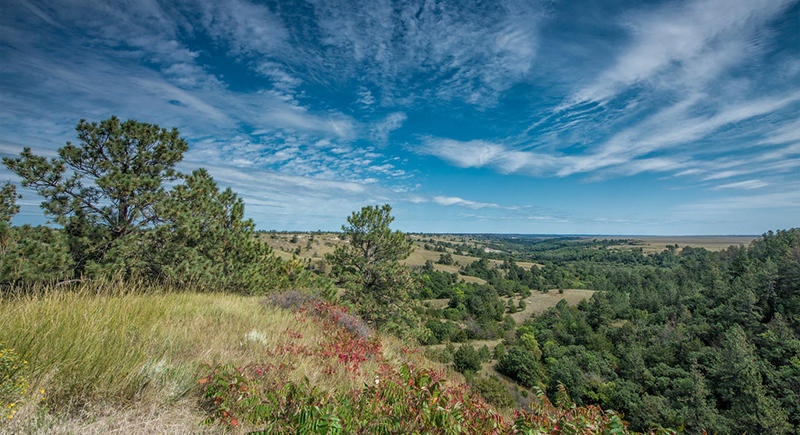
Credit: flickr
This northern Nebraska refuge plays a major role in crane migration each spring, frequented by birders who line the Niobrara River at dawn to watch sandhill cranes land and feed. Fort Niobrara also shelters herds of bison and elk, which graze across the grasslands and shape the prairie over time.
Spring Mountains National Recreation Area, Nevada
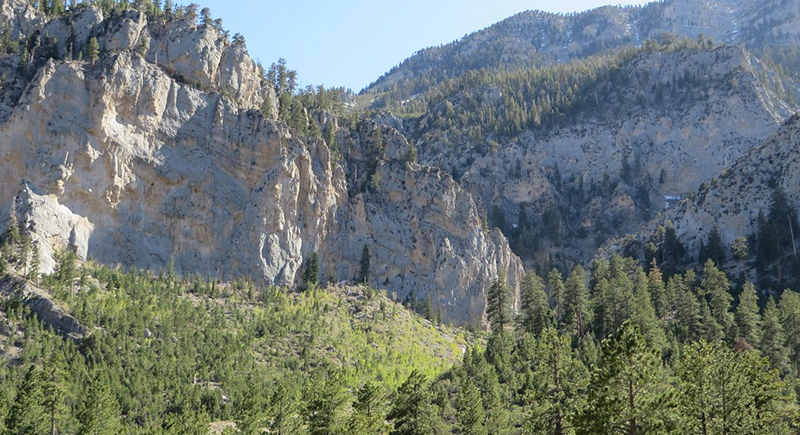
Credit: flickr
Originally inhabited by the Southern Paiute people, the Spring Mountains have long served as a natural refuge from the Mojave heat. It houses a rare mix of desert and alpine wildlife just an hour from Las Vegas. If you take the higher slopes, you will be able to catch Bighorn sheep using the higher slopes. Meanwhile, birds cluster around springs fed by melting snow.
Pawtuckaway State Park, New Hampshire
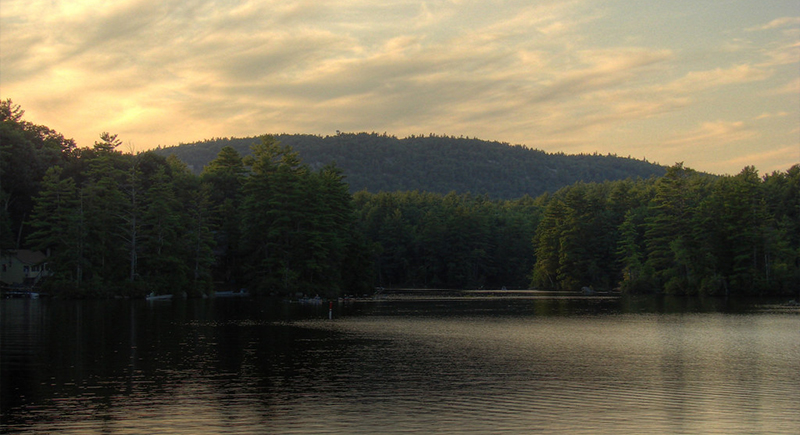
Credit: flickr
The Pawtuckaway State Park sits west of Portsmouth and is defined by steep granite outcrops and wooded trails. Peregrine falcons nest on the cliffs, and birders hike in early to spot their high-speed dives. There’s a fee for day use, and once you pay, you can simply enter through the main gate.
Cape May National Wildlife Refuge, New Jersey
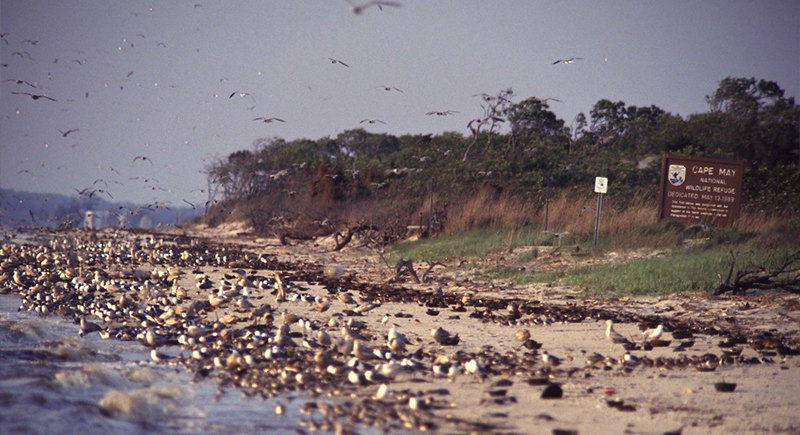
Credit: flickr
During spring migration, warblers and sandpipers stop by the Cape May National Wildlife Refuge. Take a walk in the first few hours of the day, especially around the tidal creeks that cut through the open marsh, to get a firsthand view of these creatures. The welcome center has maps and bird checklists for those who need help with directions.
Gila National Forest, New Mexico
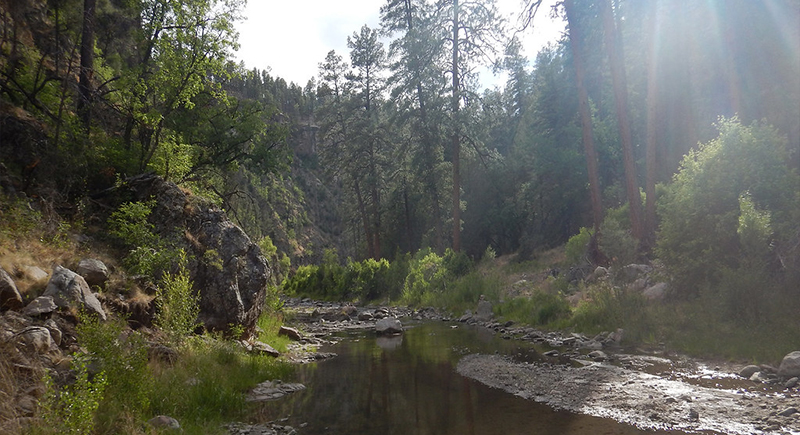
Credit: flickr
Anyone hiking into Gila’s backcountry needs to prep for altitude and isolation. This sprawling forest holds black bears, elk, and the occasional cougar. You’ll find no entrance fee, but permits are required for overnight camping. Maps are essential, as some trails wash out each year after spring floods.
Montezuma National Wildlife Refuge, New York
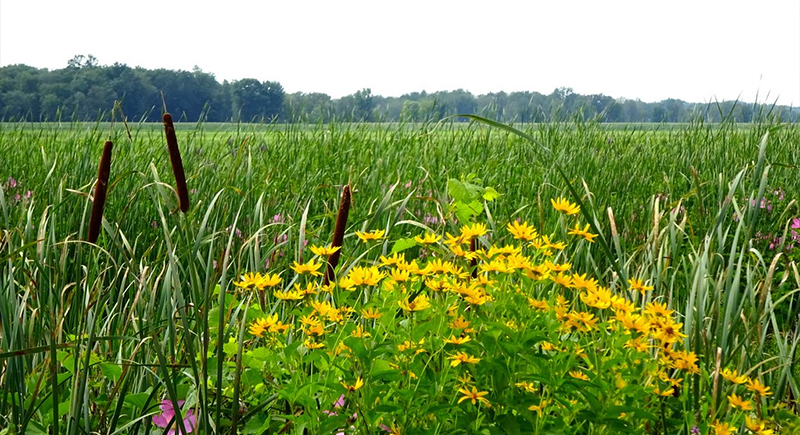
Credit: flickr
Montezuma National Wildlife Refuge was created in response to the draining of vital marshland in the initial years of the 20th century, and now spans thousands of acres at the north end of Cayuga Lake. Its recovery has made it a magnet for birds, especially during spring migration. Beavers and otters also thrive in the restored wetlands.
Alligator River National Wildlife Refuge, North Carolina
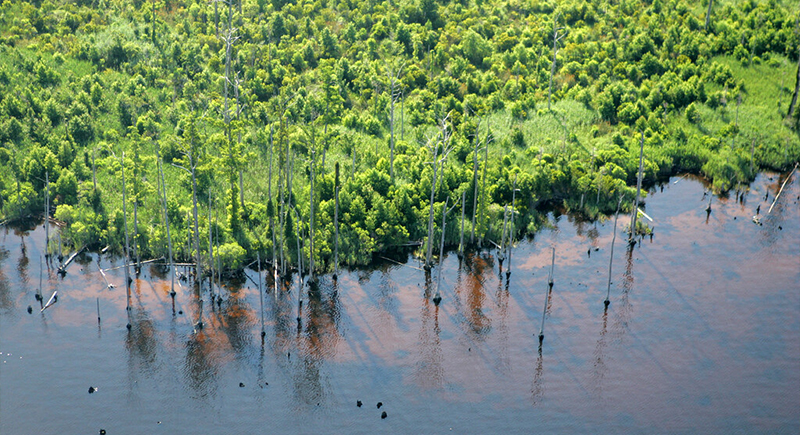
Credit: flickr
Alligator River National Wildlife Refuge protects one of the last habitats for the endangered red wolf. Individuals typically drive the gravel wildlife loop or join evening red wolf howls hosted by staff. Bears and bobcats also use the area but stay deep in cover.
Des Lacs National Wildlife Refuge, North Dakota
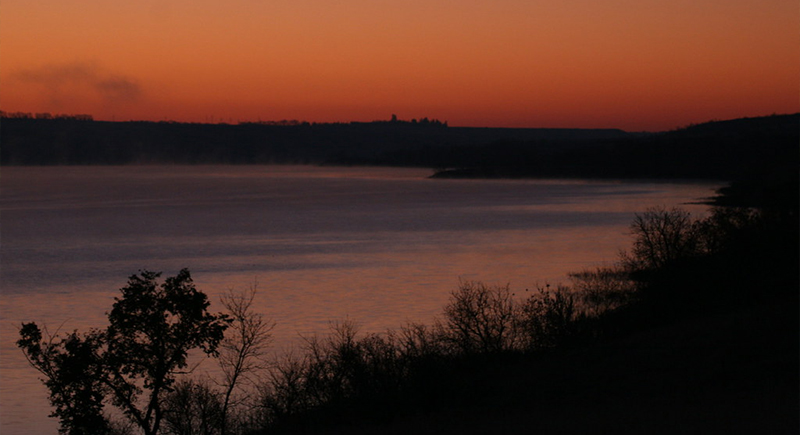
Credit: flickr
Des Lacs is a magnet for breeding ducks and geese due to the fields of sedges and cattails. The area offers auto tours, trails, and photo blinds. You may find yourself stopping at the overlook near the Upper Lake for views across the basin.
Big Oaks National Wildlife Refuge, Ohio
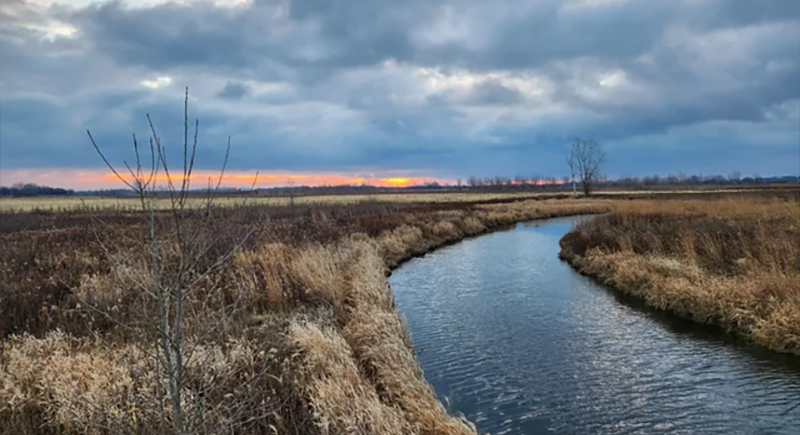
Credit: Reddit
Big Oaks is open only on select days due to its former life as a military testing site, but it holds a well-known, undisturbed habitat in the region. You’ll need to watch for access windows and attend a safety briefing at the gate. Once inside, wet meadows and oak forests host wild turkeys, woodpeckers, and deer.
Wichita Mountains Wildlife Refuge, Oklahoma
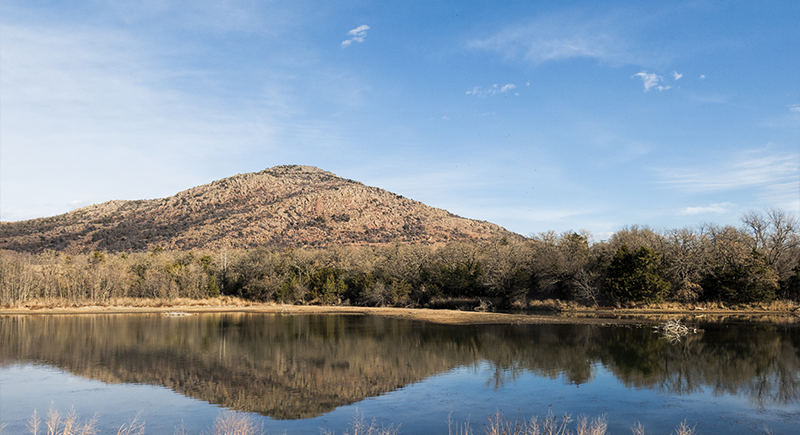
Credit: Wikimedia Commons
In this rugged refuge near Lawton, free-ranging bison roam among granite outcrops. The Wichita Mountains shelter elk, longhorn cattle, and prairie dogs as well. Hiking trails range from easy loops to rock scrambles. Feel free to drive through right after dawn if you want to catch bison grazing along the roadside.
Hart Mountain National Antelope Refuge, Oregon
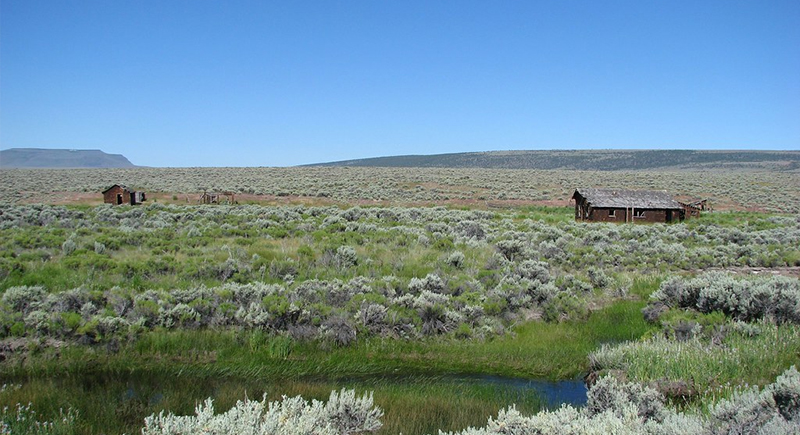
Credit: flickr
Reaching this remote plateau takes time, since its unpaved roads stretch across the high desert, and most cars see dust for miles. People willing to make the drive find pronghorn herds and sage grouse lekking sites. On the other hand, campers stay near the hot springs, where morning light brings animals into the open.
John Heinz National Wildlife Refuge, Pennsylvania
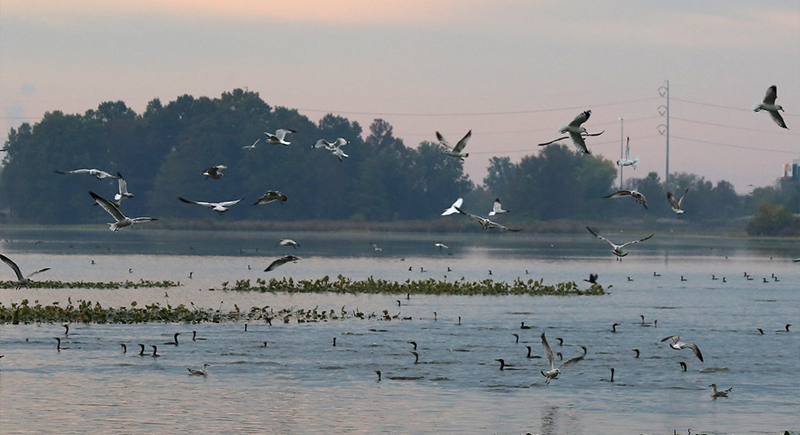
Credit: flickr
Philadelphia’s airport sits just minutes away, but John Heinz National Wildlife Refuge blocks out the noise with dense reeds and broad water channels. Birdwatchers show up during spring migration when warblers and bitterns move through in waves. Parking is free, and the visitor center can provide helpful directions and checklists for your visit.
Ninigret National Wildlife Refuge, Rhode Island
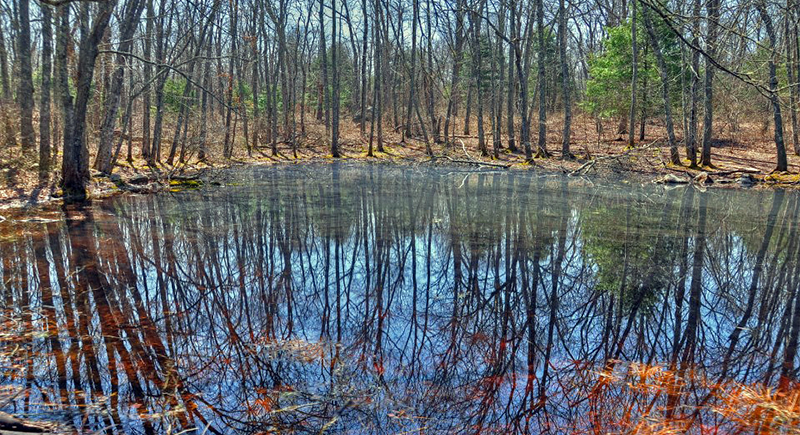
Credit: flickr
This site near Charlestown has shorebirds and butterflies that draw regular enthusiasts. Parking is free, and the Kettle Pond Visitor Center holds natural history exhibits for history buffs. You’ll also find short trails leading to viewing decks and salt ponds with ease.
ACE Basin National Wildlife Refuge, South Carolina
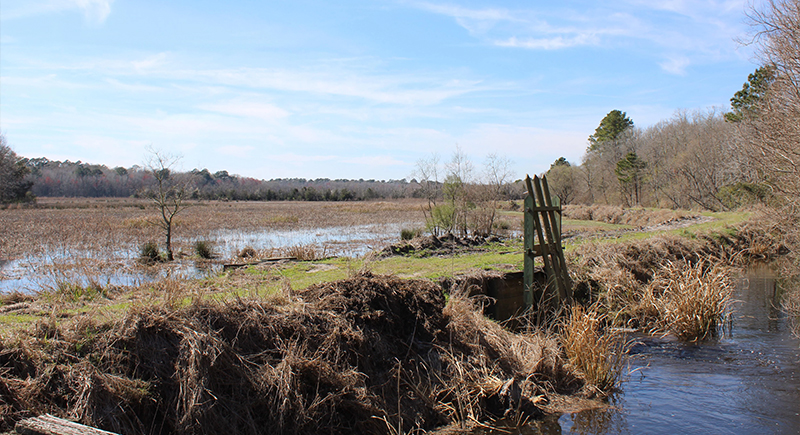
Credit: Reddit
Among South Carolina’s least-developed regions, ACE Basin offers a rare combination of freshwater swamp, salt marsh, and forest. Gravel roads wind through the refuge, with trails leading to observation platforms overlooking the tidal flats. Wildlife moves through these zones steadily—wood storks patrol the shallows, and alligators settle along the banks.
Sand Lake National Wildlife Refuge, South Dakota
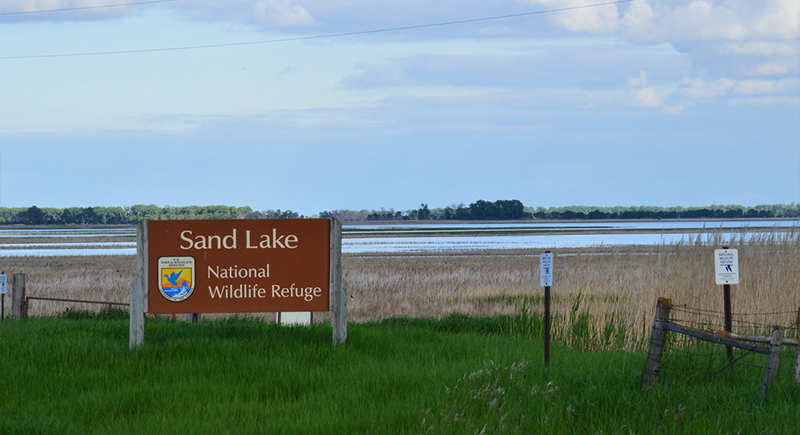
Credit: flickr
Sand Lake is known as a top birding spot in the Midwest. Ducks, geese, grebes, and cranes stop here during migration. You can expect the best activity after sunrise, especially in the fall. Visitors recommend bringing a scope or zoom lens for better views across open water.
Reelfoot National Wildlife Refuge, Tennessee
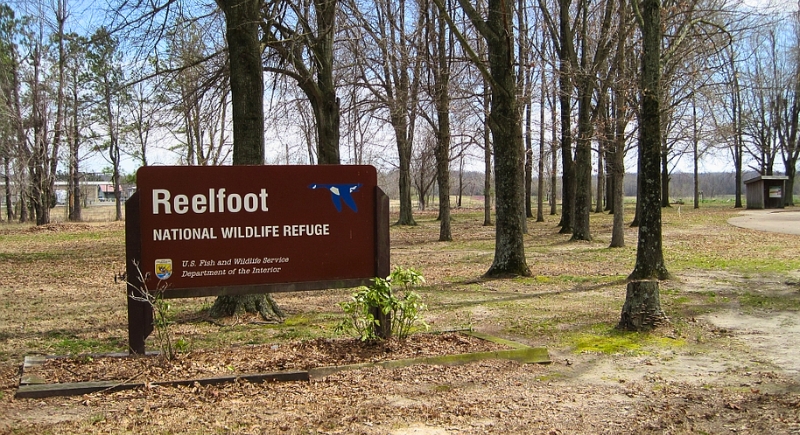
Credit: Wikimedia Commons
The lake at this site is surrounded by cypress trees and sunken forests, formed by a series of powerful earthquakes in the early 1800s that reshaped the area. Now, Reelfoot Lake State Park has some of the most reliable spots for bald eagle sightings. During late winter, the lake attracts large flocks of waterfowl.
Anahuac National Wildlife Refuge, Texas
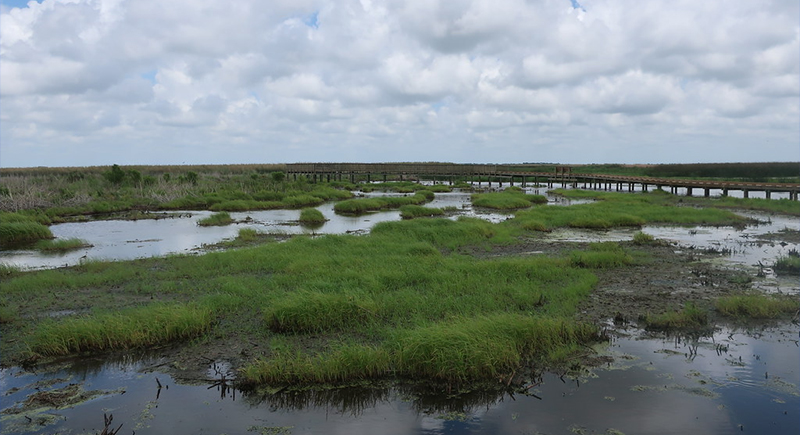
Credit: flickr
This refuge has a brackish marsh where alligators, roseate spoonbills, and marsh rabbits thrive. Anahuac National Wildlife Refuge also has dense grasses and sun-warmed trail edges that attract snakes, especially during hot afternoons. While most species are harmless, venomous snakes like cottonmouths do live here.
Bear River Migratory Bird Refuge, Utah
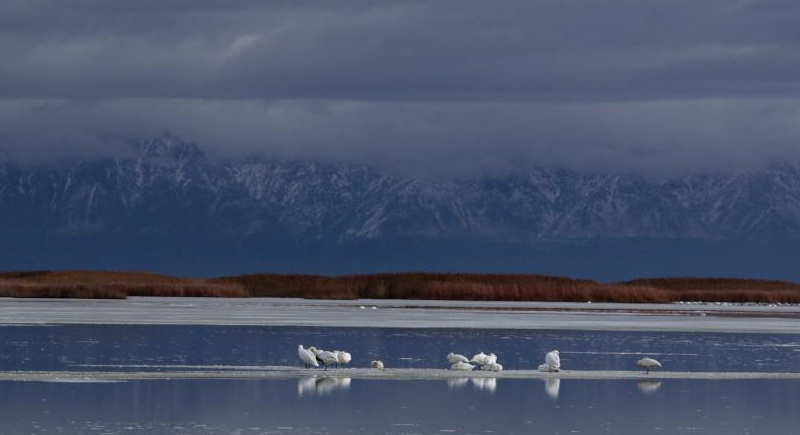
Credit: Reddit
The open marshes at this site feature thousands of shorebirds that gather during migration. Pelicans, avocets, and ibises fill the shallows during spring, and their movements create near-constant activity across the water. According to many, Bear River remains one of the best inland birding sites in the country.
Missisquoi National Wildlife Refuge, Vermont
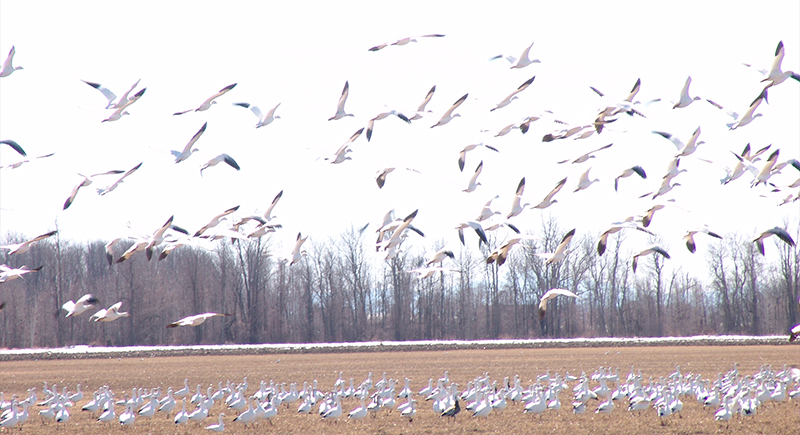
Credit: Wikimedia Commons
Missisquoi National Wildlife Refuge includes floodplain forest and open river channels that attract beavers, osprey, and wood ducks. Canoe access improves viewing in spring when trees leaf out. There’s also no charge to enter, and you can join guided paddles during the warmer months.
Dismal Swamp State Park, Virginia
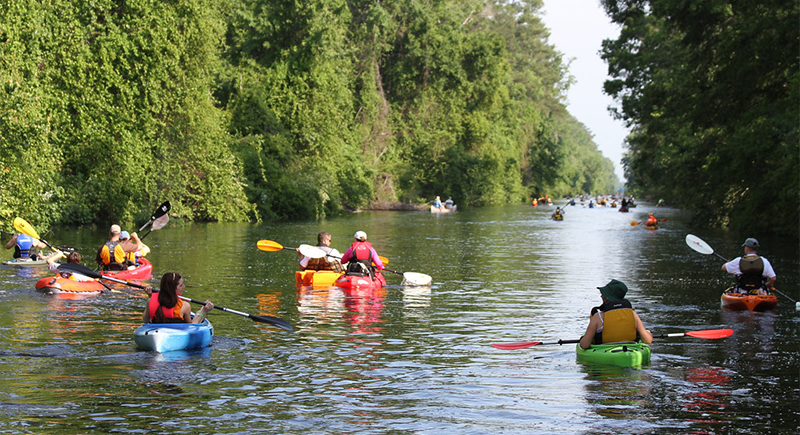
Credit: flickr
You’ll want to stick to marked trails because this place earned its name for a reason. Dismal Swamp State Park covers part of what was once called the Great Dismal Swamp, a term early settlers used to describe its dense, wet, and nearly impassable terrain. Despite the name, the area teems with wildlife, including black bears, otters, and migratory birds.
Colockum Wildlife Area, Washington
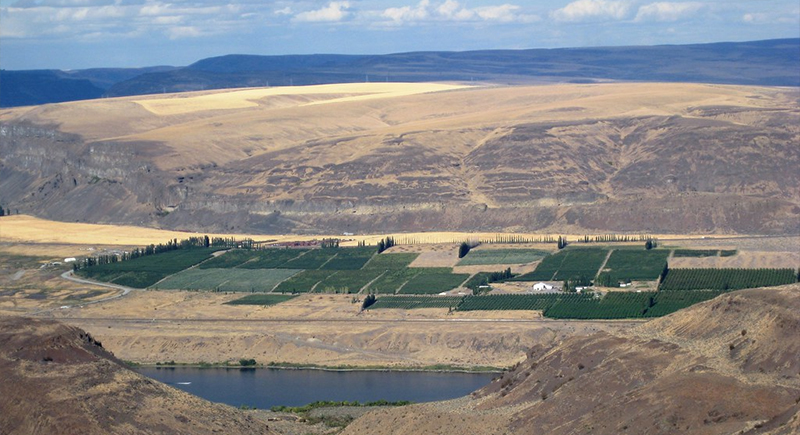
Credit: flickr
Colockum Wildlife Area in Washington is relatively quiet, even when nearby spots fill up. Mule deer and bighorn sheep move through the canyons throughout the year. Though the area sees some hunting traffic, no permit is required for general visits.
Canaan Valley National Wildlife Refuge, West Virginia

Credit: flickr
This Appalachian valley features black bears, bobcats, and deer. Numerous travelers follow well-marked trails, many of which stay open in winter. While guided hikes happen seasonally, many wildlife watchers go solo or in small groups.
Horicon National Wildlife Refuge, Wisconsin
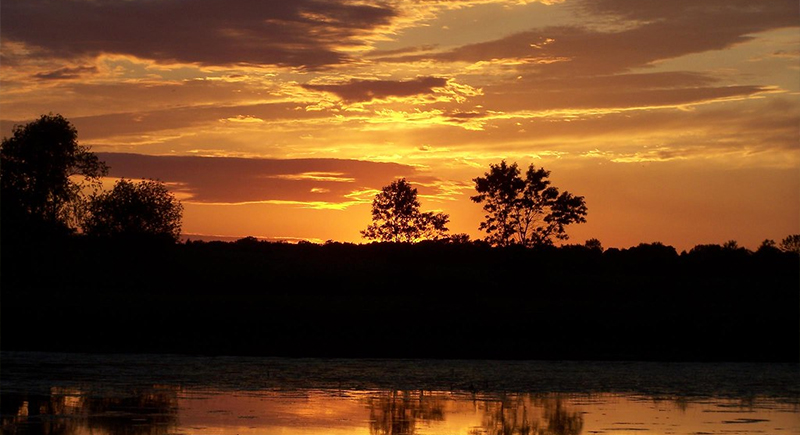
Credit: flickr
Migrating ducks and cranes gather by the thousands across this vast wetland. Horicon National Wildlife Refuge, north of Milwaukee, attracts birders, photographers, and families looking for an easy day outdoors.
Seedskadee National Wildlife Refuge, Wyoming
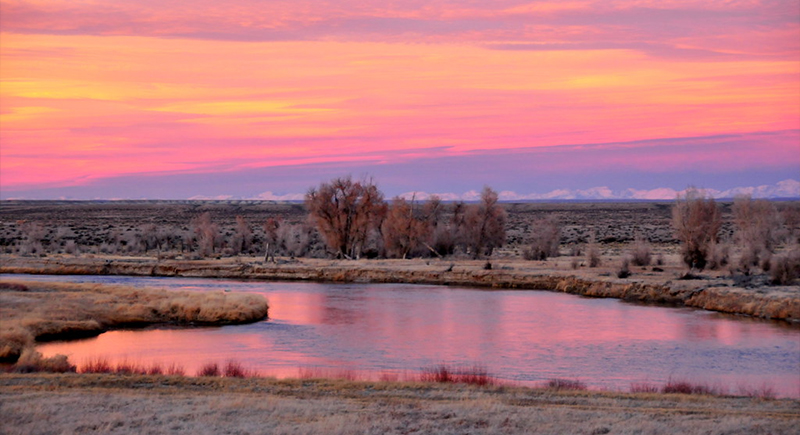
Credit: flickr
The Green River has created year-round habitat for moose, otters, and waterfowl. Seedskadee stretches across a quiet section of southwestern Wyoming, with gravel roads leading to viewing pullouts and small camp areas. The refuge stays cold well into spring, so it is recommended to dress warmly.